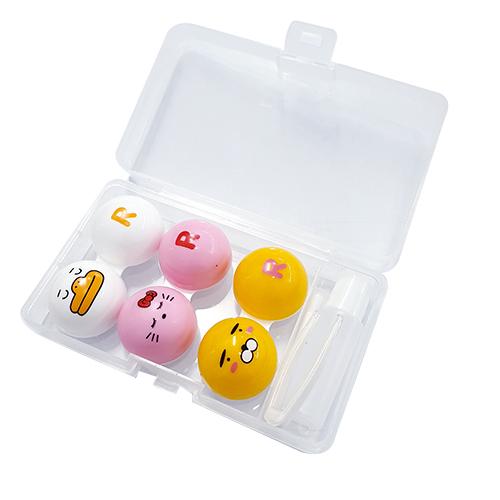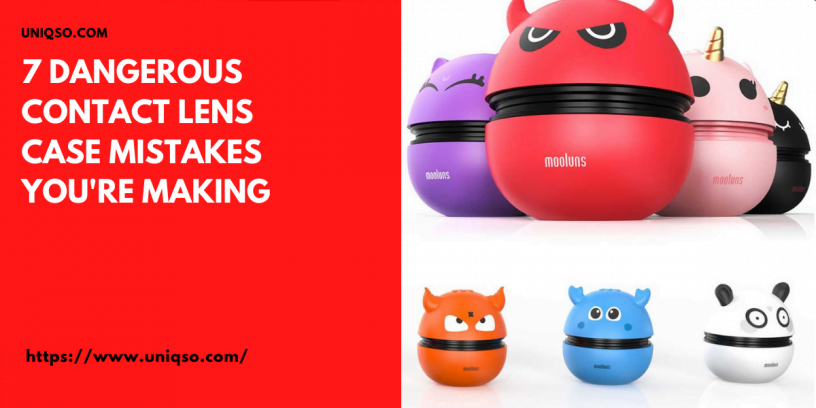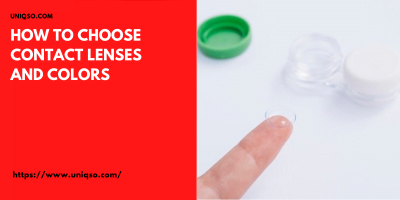- You do not wash your hands before handling your contact lens box.
If you want to win a gold medal for your contact lens technique, you must maintain everything linked to your lenses as clean as possible. That is why it is critical to wash your hands thoroughly with soap and water before handling your contact lens bag.
If you don’t wash your hands before touching your case, you may deposit bacteria from your hands onto or inside it, potentially making pathogens more likely to go into your eyes and cause discomfort or infection. For example, you might get pink eye (also known as conjunctivitis), which occurs when bacteria, viruses, or allergies inflame or infect your conjunctiva, the thin membrane that covers your eyelids and the whites of your eyes. This can cause a variety of unpleasant symptoms such as redness, itching, a weird gritty feeling, discharge, or tears.
Obviously, you want to avoid this at all costs, so wash your hands before handling your case. Of course, this might not help much if your case itself is grody, which brings us to our next point.

- You do not clean your case after each usage (or at all).
Is there a thick buildup of unknown muck on your contact lens container, if you’re being completely honest? Perhaps a small sprinkle of seemingly innocuous lint? That’s a negative thing.
“Your contact lens case is like a small petri dish,” Jennifer Fogt, O.D., an associate professor in The Ohio State University’s College of Optometry, tells SELF. “Bacteria may develop in there, and if you don’t clean your case on a regular basis, you’re basically bringing it back into your contacts when you put them in the case at night.”
There is no formal recommendation for how frequently you should clean your contact lens case, however the American Optometric Association (AOA) recommends that you follow the instructions provided by your solution manufacturer. Many people advocate cleaning out your case after each usage. According to the AOA, this entails emptying the old solution, cleaning the case with fresh solution, wiping it down with a clean cloth, and allowing it to air-dry with the caps off.
- When you clean out your case, you use tap water rather than contact lens solution.
When you think about how to wash something, your initial thought may be to spray some water on it. That’s normally a smart idea, but not with your contact lens case.
According to the Centers for Disease Control and Prevention, exposing your contacts to tap water increases your chance of acquiring Acanthamoeba keratitis, a serious corneal infection that can result in irreversible vision loss (CDC). “It’s a frightening and dangerous illness.
Acanthamoeba keratitis is caused by a microorganism that may live in tap water (as well as distilled water), adhere to your contacts, and create an illness. According to the CDC, if this occurs, you may have eye discomfort, redness, fuzzy vision, the sense that something is in your eye, sensitivity to light, and excessive tears.
Because inappropriate contact lens use is a major risk factor for Acanthamoeba keratitis, it’s critical to avoid allowing tap water to come into contact with anything related to your lenses, including your case.
- You don’t replace your contact lens case every three months.
Unless you’ve misplaced your contact lens case, purchasing a new one is usually not at the top of your priority list. Even if your existing case looks chef’s kiss-level clean, the AOA suggests getting a new one every three months.
According to the AOA, bacteria and other microorganisms can build a material called biofilm, which can grow in your case and help germs “hidden” from the disinfectant in your contact lens solution. That’s…interesting, since who doesn’t enjoy scientific deception, but the point is that it may be harmful to your eyes. Because you can’t see this biofilm, it’s recommended to change your case every three months, whether or not it appears to be in need.
- Instead of squirting in fresh liquid every time, you top off the old solution in your case.
Your contact lens case is warm and damp when it is full of fluids. This is exactly the type of environment in which microorganisms like bacteria and fungus thrive. When you add an extra solution to your case, you push whatever was developing there farther down, where it might still cling to your contacts. “You basically create an environment where you’re growing more nasty stuff in your case, putting your lens into it, and then putting it in your eye.
Instead, make sure to remove all of the old solution from your case each time, then proceed with cleaning it out before adding a new solution to store your contacts.
- You preserve old contacts in your case with new solutions to try to lengthen the time you may use them.
Tossing some barely-hanging-in-there lenses into your contact case with a new solution should help them rejuvenate, right? No, it does not. “Contact lens solution does not lengthen the contact lens’s recommended use cycle,” Dr. adds.
For the record, whether or not you used your contact lenses for the whole time period, you should discard them on time. For example, if you break out your 30-day contacts but wind up wearing your glasses for 15 of those days, you should still discontinue use of the contacts 30 days after you began using them.
- You store your case in the bathroom rather than a less humid location.
Isn’t it true that being close to the bathroom sink is a good thing? Especially because you’re going to start cleaning your case as frequently as you should? The problem is that keeping your case in a humid location, like your toilet, puts it at the highest danger of getting infected, according to the AOA.
Not only that, but when you flush, your toilet generates a “toilet plume,” which can spew germs like E.coli and salmonella into the air, according to the AOA. If your case is sitting out in the open, those minute droplets might land on it, where they can easily enter your eyes.
This isn’t to say that just because your contact lens case is in the bathroom, you’ll get a severe eye infection. After all, thousands of individuals have done this for years without incident, and you may be one of them. If you’re worried and want to keep your eyes as safe as possible, put your contact lens case in a clean, low-humidity environment while your lenses are disinfecting.
For more information about contact lens cute case, please visit https://www.uniqso.com/




